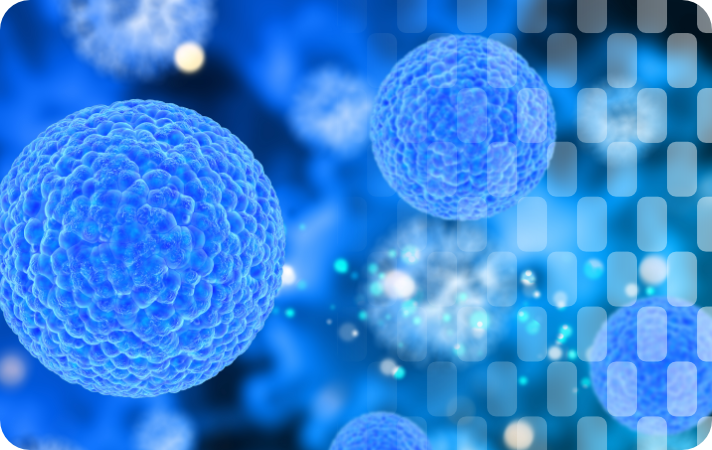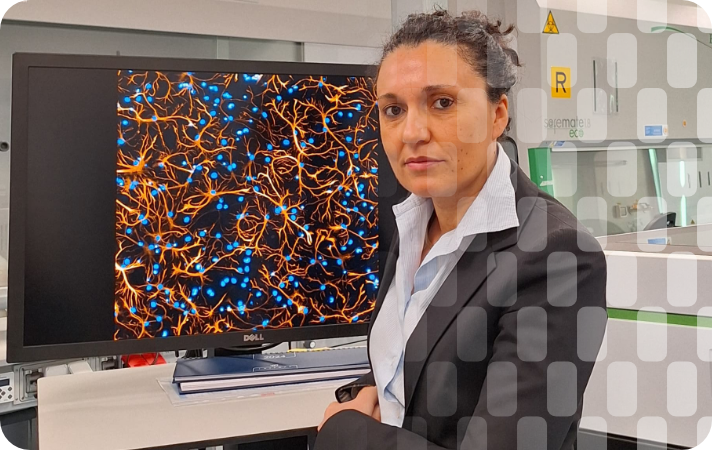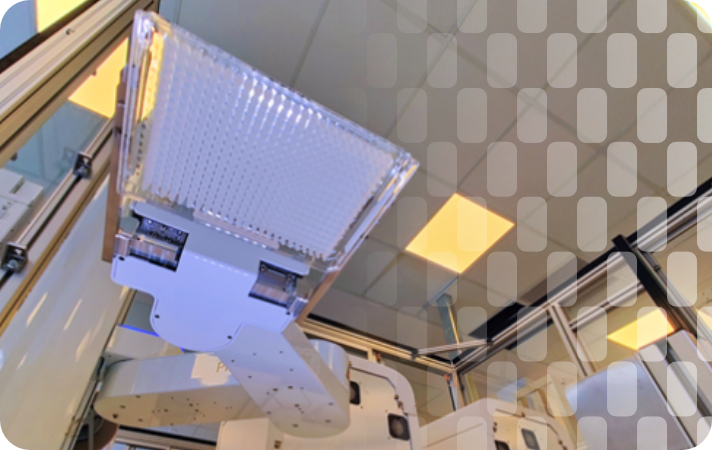Next generation neuroscience drug screening
Science Spyglass Next generation neuroscience drug screening Tessara’s RealBrain® neural micro-tissues validate compound effects in Axxam’s High-Content Imaging workflow Application note Axxam S.p.A. – Milan (Italy) Tessara Therapeutics Pty Ltd. – Melbourne (Australia) Keywords: chemotherapy induced neuropathy (CIPN), induced pluripotent stem cell (iPSC), neurotoxicity, high content imaging, mini brain, organoids, drug discovery, neural micro-tissues, neurodegenerative diseases. Introduction The use of three-dimensional (3D) biology has revolutionized the way to model and study complex biological processes, surpassing the traditional two-dimensional (2D) approaches. While 2D cell cultures have been the standard for many years, they fail to capture the intricate cell-to-cell and cell-to-matrix interactions that occur in vivo. In contrast, 3D biology offers a more physiologically relevant environment, allowing for the study of cellular behaviors in a context that mimics in vivo conditions more closely. The growing need for non-animal models in biomedical research is also driving the shift toward 3D systems. Indeed, in 2022, the U.S. FDA made headlines by endorsing non-animal testing methods for drug discovery and development, emphasizing the importance of human-relevant models for in vitro drug discovery. Whilst the global life science community has begun rapidly expanding and adopting 3D human tissue models such as spheroids and organoids, a number of limitations have arisen. Spheroids for example are reproducible, but like 2D cultures, the structure of their neural networks is markedly different from the human brain. Organoids can mimic brain complexity but have lacked reproducibility and have been difficult and slow to manufacture. In response to this demand and to facilitate the uptake of 3D models that can better meet the requirements of a preclinical drug discovery pipeline, a new technology from Tessara Therapeutics was introduced. Tessara’s 3D models combined with Axxam’s workflow Based in Melbourne Australia, Tessara is a world leader in 3D cell-based models of the brain. In a world-first innovation, Tessara has developed its RealBrain® neural micro-tissue technology and 3D cell-based models that replicate the biological complexity of the human brain in a reproducible manner. Tessara has validated and recently launched two brain models: the ArtiBrain™ model (healthy human brain), and the ADBrain™ model (sporadic Alzheimer’s disease (AD), representing ~98% of all AD cases). Tessara has developed this platform with commercial scale manufacturing processes, delivering models that are predictive, reproducible at scale and cost-effective. Combining these relevant in vitro models with suitable approaches to fully harness their potential could be transformative for the drug discovery field. In this context, high-content screening (HCS) and image-based readouts represent ideal tools for exploring the dynamic behaviours of cells and networks within 3D environments. Through image-based analysis, researchers can explore the complex biology of 3D systems in unprecedented detail across multiplecellular parameters, generating vast datasets from complex biological systems, facilitating the identification of subtle phenotypic changes that would be missed in traditional screening methods. This technology pipeline enables a deeper understanding of drug responses, toxicity, and mechanisms of action in more relevant biological contexts, offering greater translational value for pre-clinical studies. Incorporating these advanced technologies into research pipelines is transforming the drug discovery and disease modeling field. Generation of Tessara’s RealBrain® neural micro-tissues Tessara’s RealBrain® drug screening platform is based on manufactured human mimetic brain micro-tissues that closely recapitulate neural physiology and pathophysiology. RealBrain® neural micro-tissues are generated by encapsulating primary or induced pluripotent stem cell (iPSC)-derived neural precursor cells in a proprietary hydrogel matrix composed of chemically defined biomaterials. The RealBrain® hydrogel provides the optimal micro-environment to activate endogenous cellular programs of neuro-development in vitro. Over three weeks of maturation, the developing neural and glial cells remodel their micro-environment, migrate in 3 dimensions, form a complex network and replace the synthetic hydrogel with their own cell-secreted extracellular matrix (ECM). The resulting RealBrain® neural micro-tissues closely model human neurophysiology – they respond to neurotransmitters, feature a genetic profile representative of human brain tissue, and under controlled conditions can develop the complex pathological hallmarks of Alzheimer’s disease. These neural micro-tissues are also compatible with all standard laboratory workflows, from immunocytochemistry and confocal microscopy that doesn’t require the use of any clearance protocols, through to genomics and proteomics applications and other functional assays such as calcium imaging. Imaging the RealBrain® micro-tissues with Axxam’s High Content Imaging workflow In this study, we employed an automated high-content confocal imaging system (Opera Phenix Plus, Revvity) to acquire detailed 3D images of RealBrain® micro-tissues, stained with fluorescent markers to visualize neuronal cells (β-III Tubulin), glial cells (GFAP) and cell nuclei (DAPI) (Figure 1); these images illustrate the structural organization and neuronal differentiation within the brain micro-tissue. Figure 1 Representative images of a brain micro-tissue acquired by High Content Microscopy (Opera Phenix Plus, Revvity). (A) Brightfield image showing the overall morphology of the microo-tissue. (B) DAPI staining (blue) highlighting cell nuclei distribution. (C) βIII-Tubulin staining (green) marking neuronal structures. (D) Merged image combining DAPI and βIII-Tubulin signals, providing a composite view of the organoid’s neuronal architecture. Using two different acquisition setups and z-stack acquisitions we were able to capture multiple optical slices, enabling comprehensive 3D reconstruction of the neural micro-tissues at different levels of resolution (Figure 2). Figure 2 High-resolution 3D imaging of microtissues acquired through z-stack acquisition, enabling detailed visualization of cellular structures at different depths. Left panel: A volumetric reconstruction of the microtissue, showcasing its overall morphology and spatial distribution of cellular components. Right panel: Cross-sectional view highlighting internal structural organization, revealing intricate cellular networks and fiber orientations. Neuronal cells are stained by βIII-Tubulin (green) whilst glial cells are marked by GFAP staining (red). Key parameters such as z-stack step size, magnification, field of view, and laser intensities were carefully optimized to ensure both signal clarity and high-quality micro-tissue reconstruction. We balanced acquisition time and resolution to maintain both data quality and efficiency. The resulting images were analyzed using Harmony software (Revvity), where we developed a customized pipeline to visualize cellular features and extract multiparametric data. To assess the impact of magnification on data quality, we compared two settings: 20X (high magnification) and 5X (low magnification) (Figure 3). Figure 3 Examples of acquisition parameters












